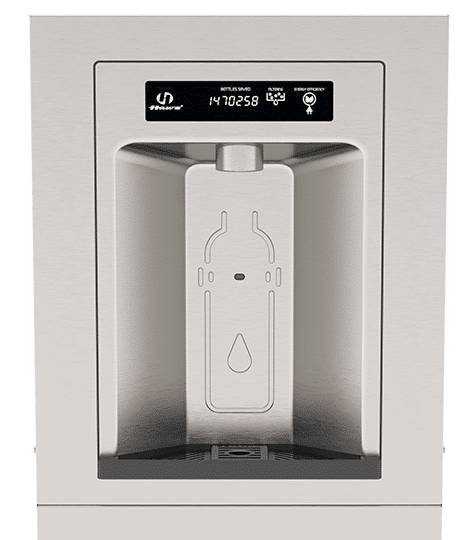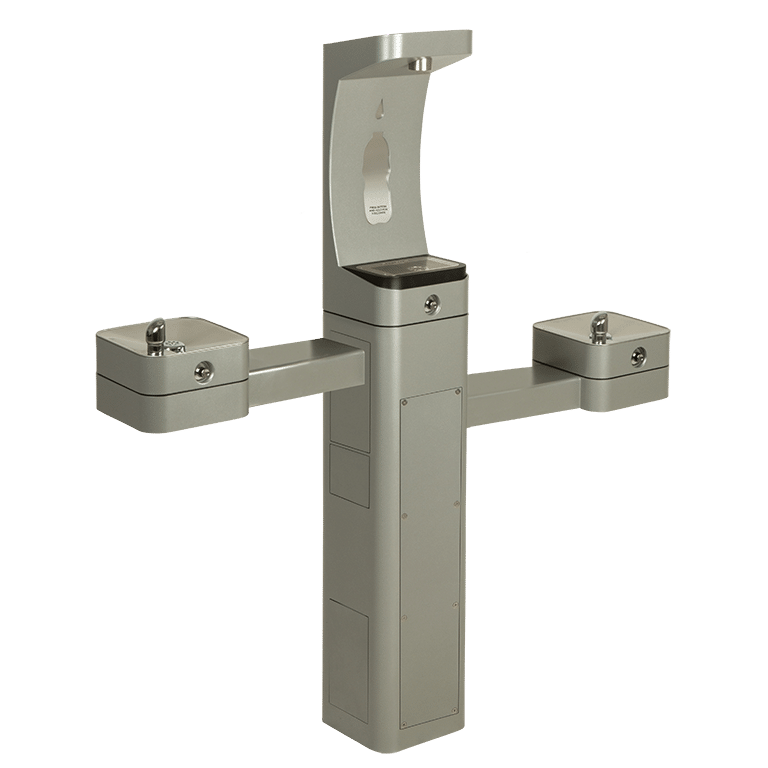Haws Corporation is pleased to announce that we have received our 4th Consecutive SHARP (Safety and Health Achievement Recognition Program) certification renewal. Haws first achieved SHARP (Safety and Health Achievement Recognition Program) status in 2017, marking a significant milestone in our commitment to workplace safety and continuous improvement. Since then, we have successfully renewed our SHARP certification multiple times, demonstrating our dedication to maintaining a high standard of safety and health practices. Participation in the SHARP program has helped us build a stronger safety culture, reduce workplace incidents, and improve employee engagement. It has also provided valuable insights and guidance from OSHA consultants, helping us identify potential hazards and proactively address them before they become issues. SHARP continues to be a cornerstone of our safety program and a source of pride for our entire team.
Known as the Safety and Health Achievement Recognition Program (SHARP), it represents a recertification of our commitment to maintaining an effective safety program at work. Participating in SHARP is through SafeStyles, Nevada’s center for occupational health and safety. Retaining SHARP certification demonstrates that Haws Corporation has achieved a high standard of excellence in workplace safety. This accomplishment is also a testament to the ongoing efforts of all employees involved in promoting workplace safety.
WHAT IS SHARP?
According to osha.gov, SHARP "recognizes small business employers who have used OSHA's On-Site Consultation Program services and operate exemplary safety and health programs. Acceptance of your worksite into SHARP from OSHA is an achievement of status that singles you out among your business peers as a model for worksite safety and health.
Benefits of Sharp:
PROVIDE PROTECTION
- Protect workers from workplace hazards
- Develop innovative safety and health programs.
- Work with SCATS to identify and implement best practices to protect your workers
CREATE A CULTURE
- Create a better working environment;
- Boost worker morale by involving workers;
- Improve communication at the workplace.
BUILD A REPUTATION
- Receive official recognition from DIR/SCATS;
- Become a leader in your industry;
- Attract skilled workers looking for a safe and healthy workplace
SAVE MONEY
- Lower worker compensation premiums;
- Improve your worker retention;
- Reduce worker days away from work.
So, if you’re working with the consultation side of OSHA, it’s not public information. The things that are find or identify, are confidential as long as the employer meets the requirements of working with SHARP, which is to correct anything that’s considered a serious violation of the OSHA standard.” Serious means anything that could seriously injure or kill a worker. The best way to mitigate violations is to be proactive.
They offer free certified industrial hygienists' assistance and job site analysis.
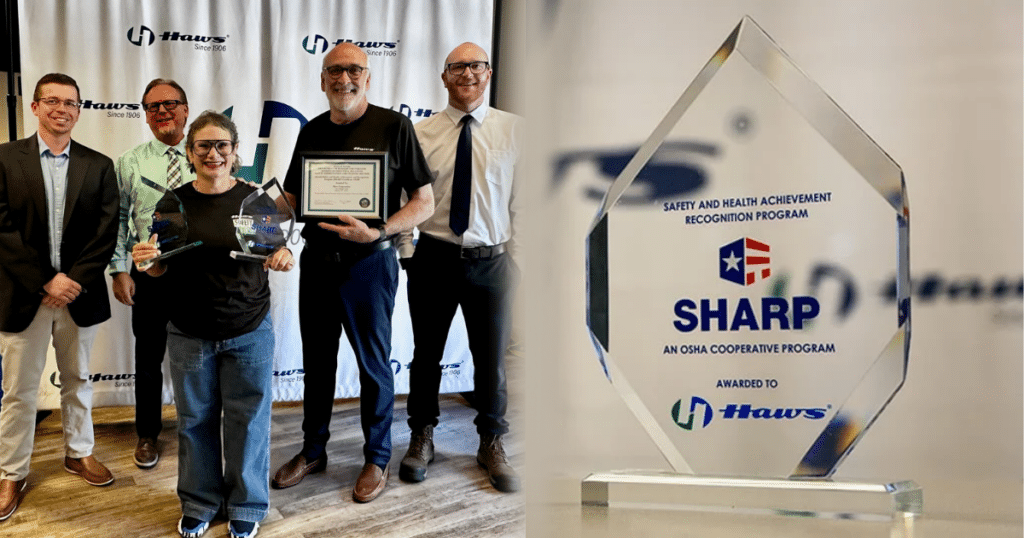


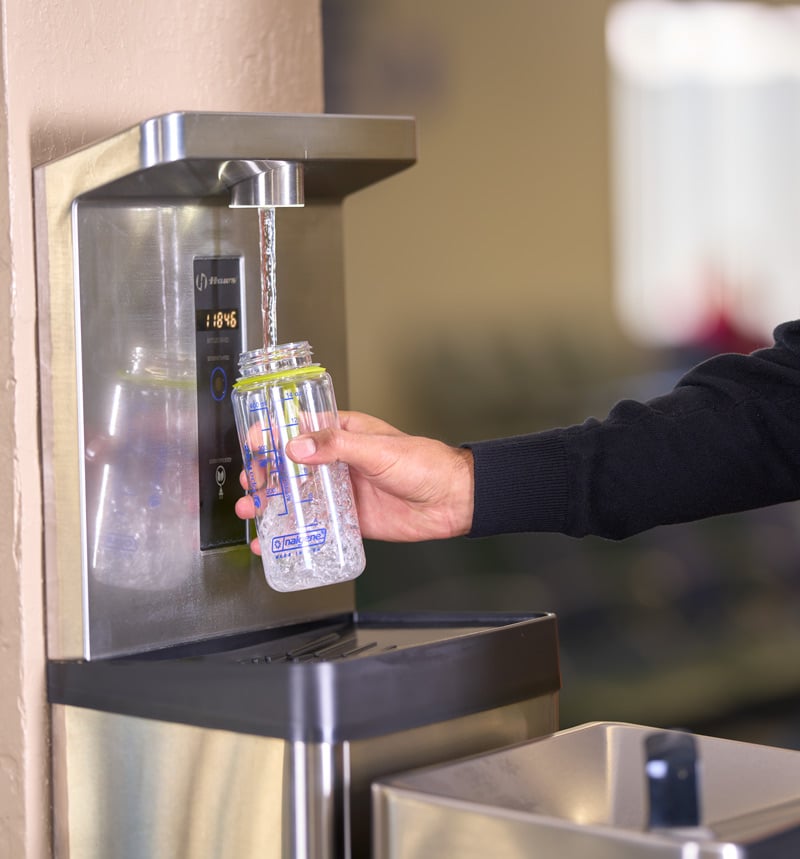
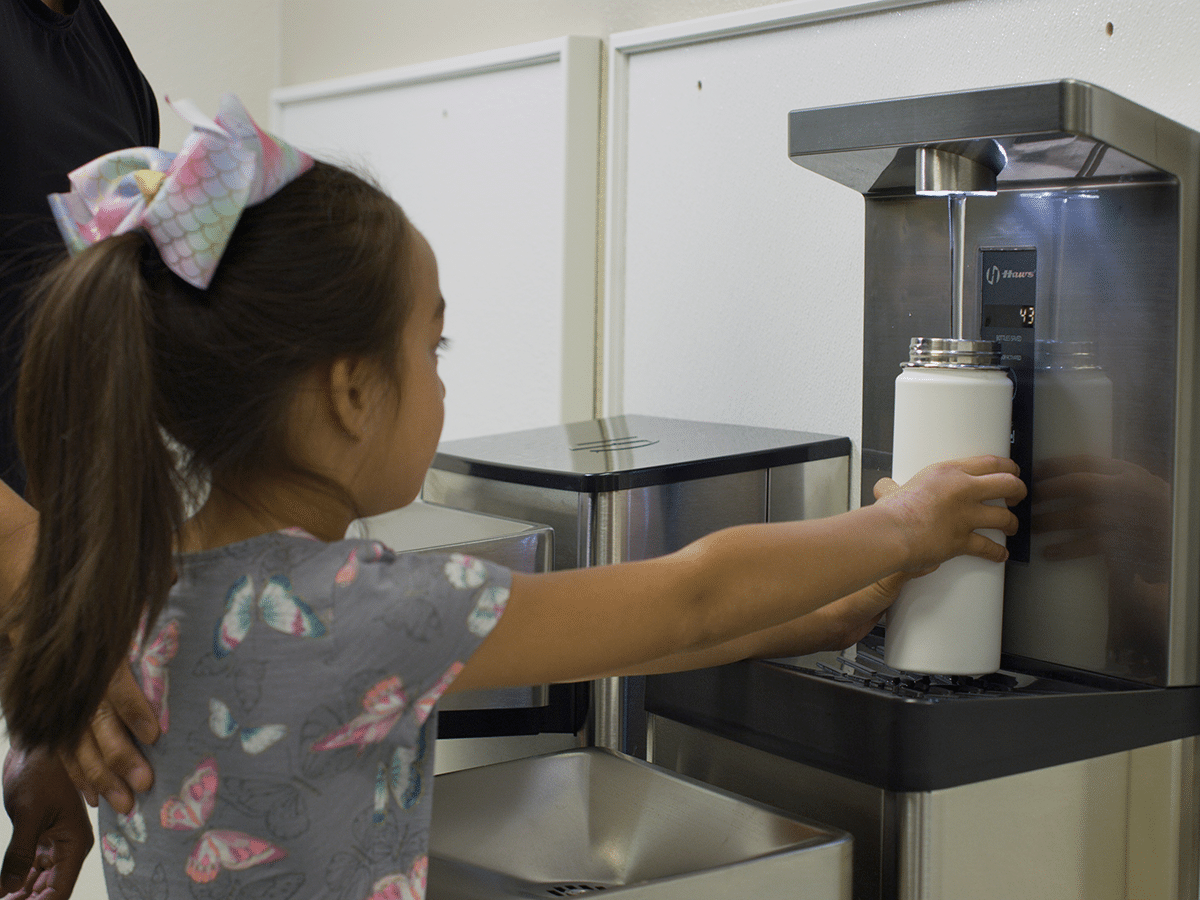
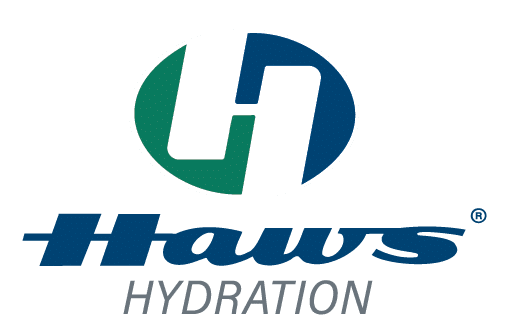 ABOUT HAWS:
ABOUT HAWS: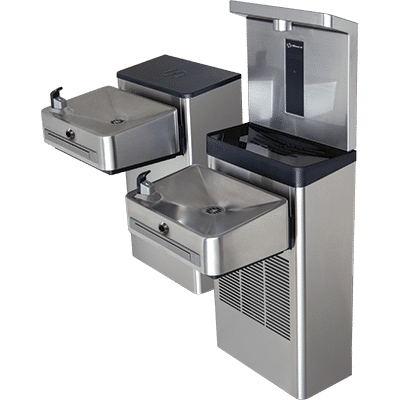

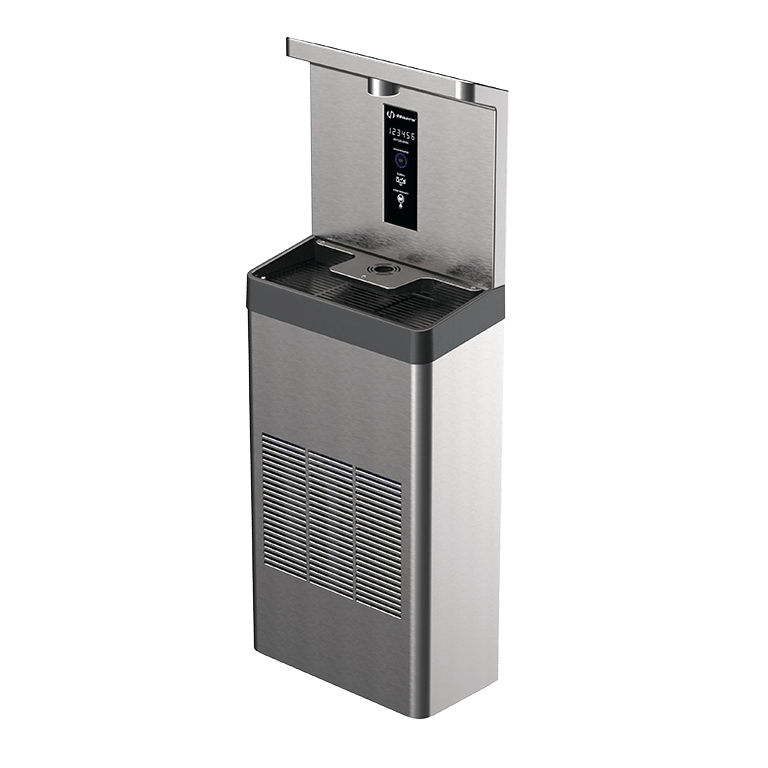
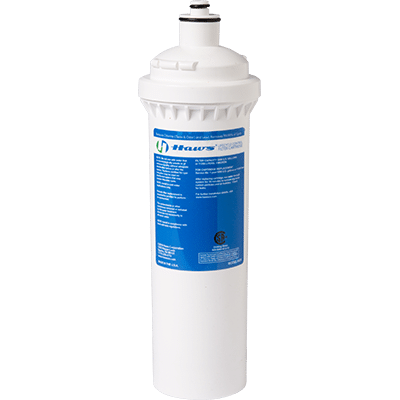
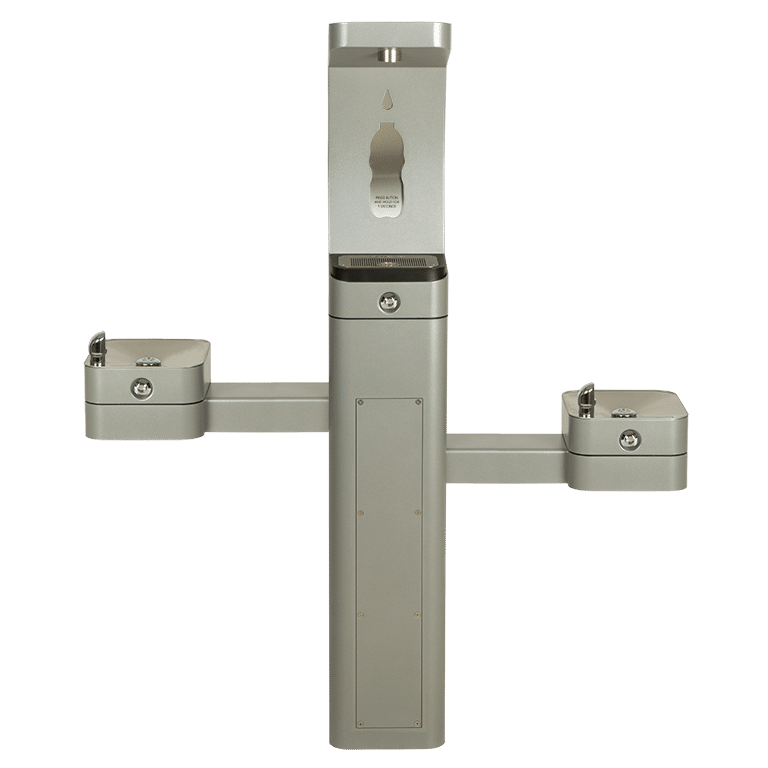
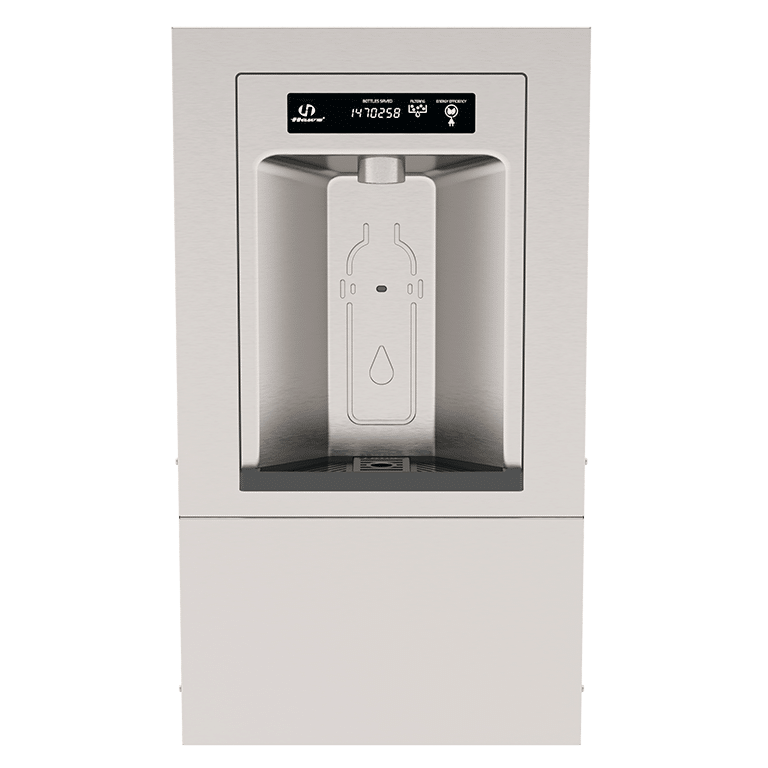

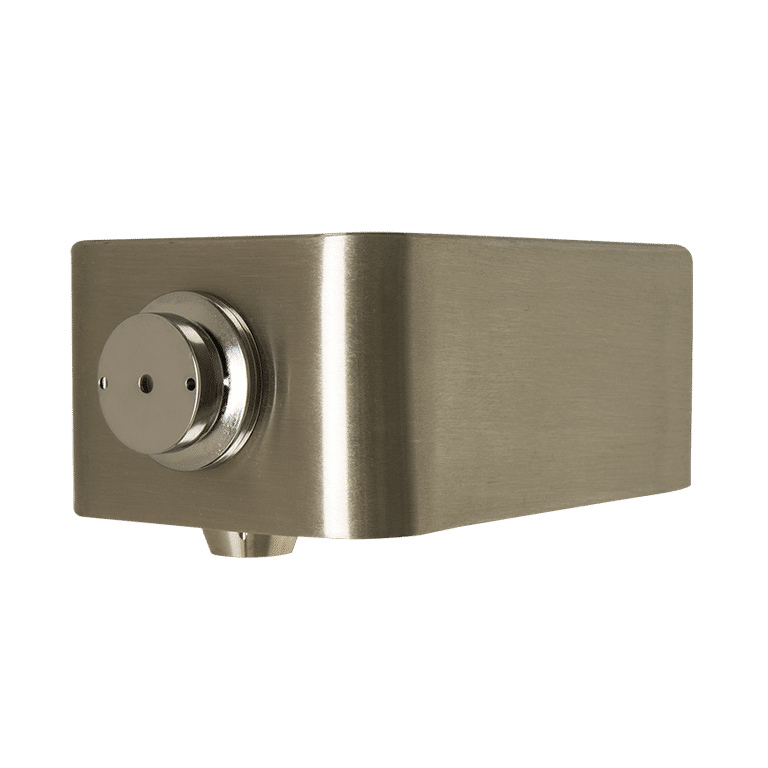
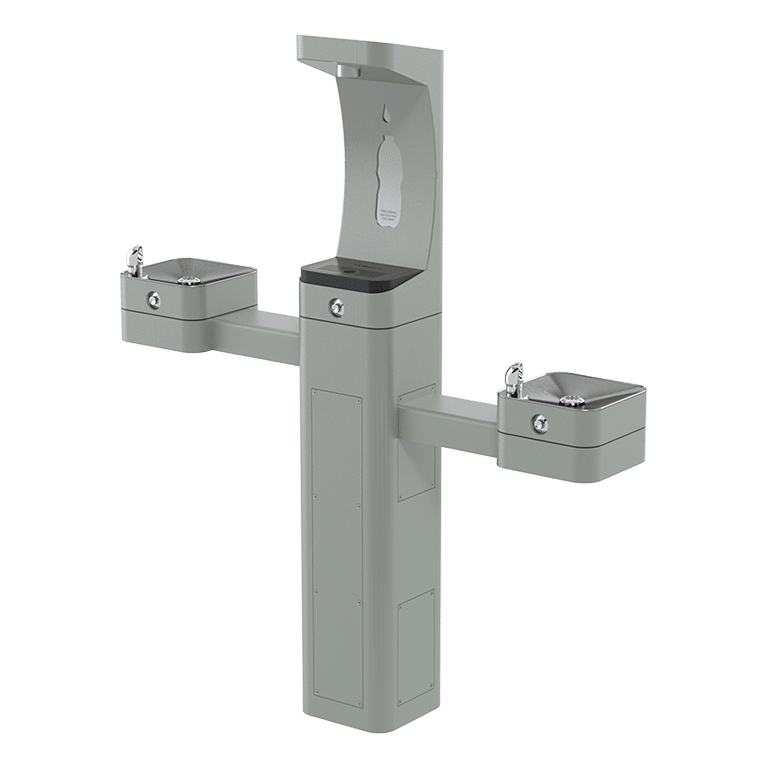
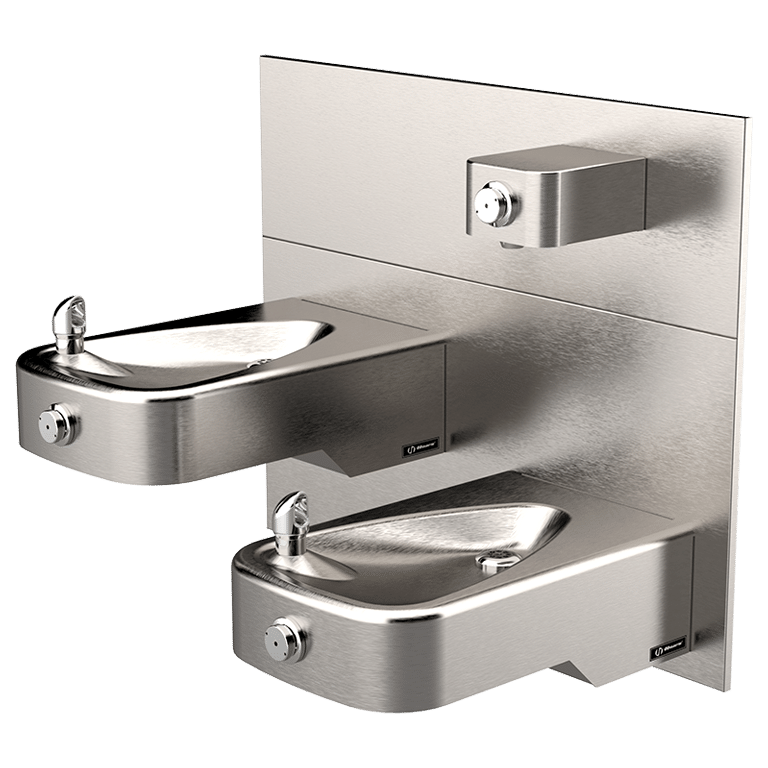
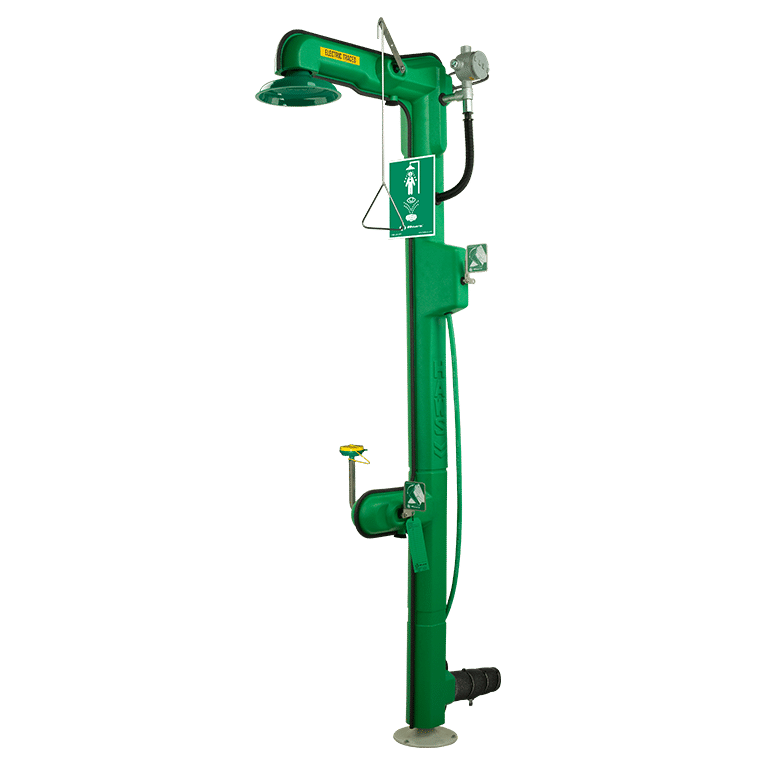
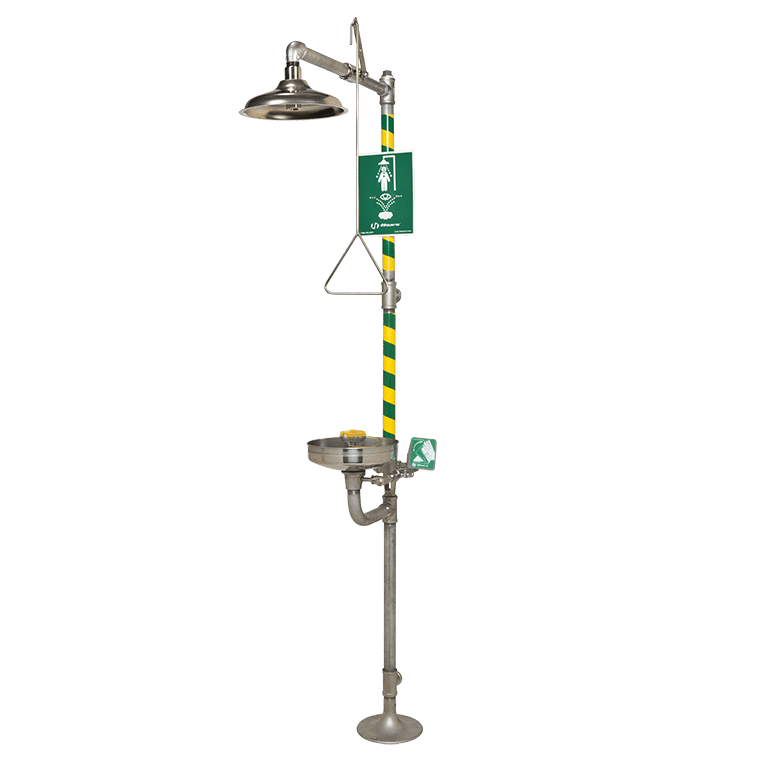
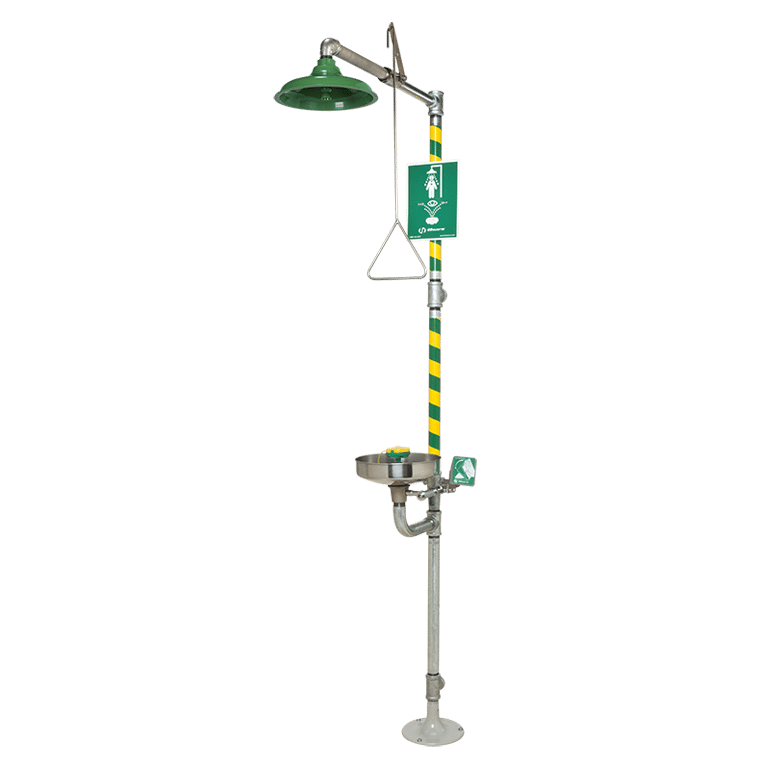
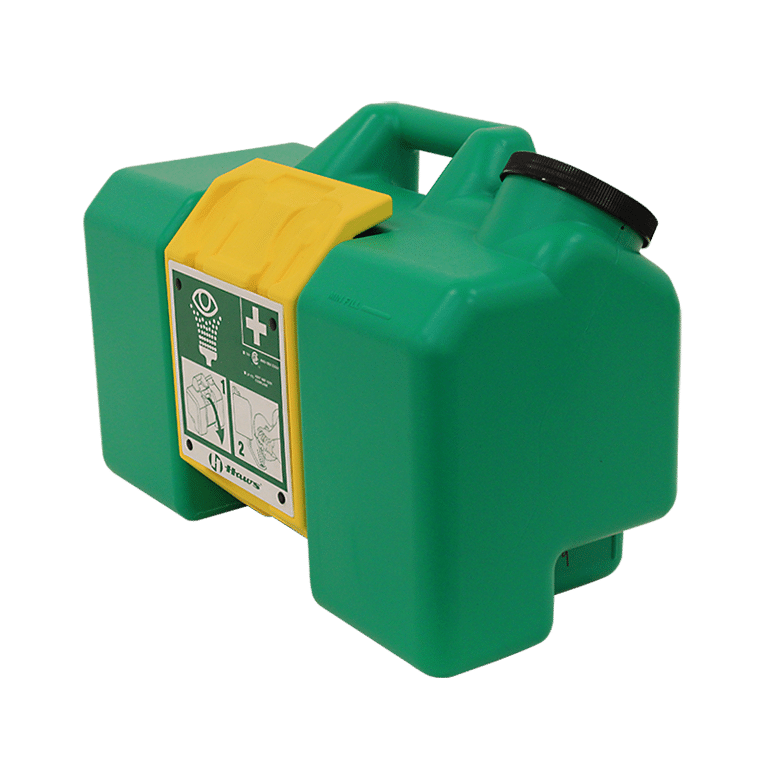

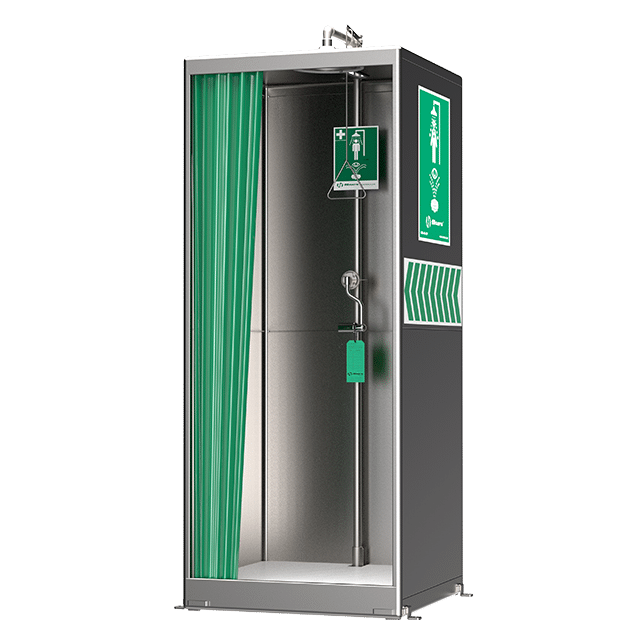

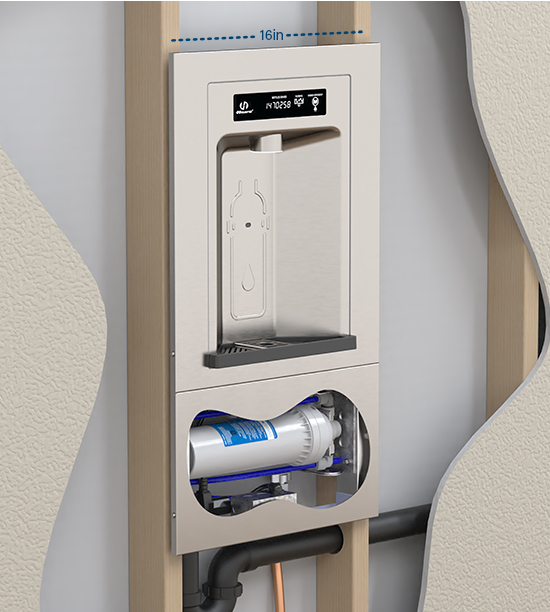
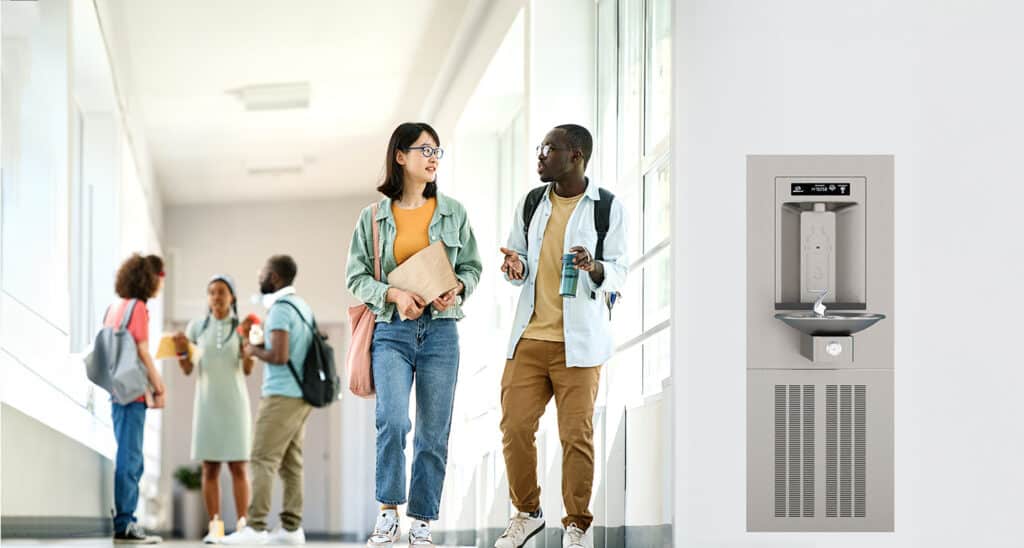 RIVIVE has a contemporary aesthetic, primarily composed of stainless steel, ensuring durability, hygienic activation, and visual appeal. The bottle filler can be maintained through the front of the panel without removing the drinking fountains, making it easy to service. Available in multiple configurations, ranging from a simple bottle filler to combinations of bottle fillers with single or dual fountains, with or without chillers, means RIVIVE is suitable for most projects and spaces. All units include a filter or non-filter option allowing for infield filter configuration, and simpler model selection process.
RIVIVE has a contemporary aesthetic, primarily composed of stainless steel, ensuring durability, hygienic activation, and visual appeal. The bottle filler can be maintained through the front of the panel without removing the drinking fountains, making it easy to service. Available in multiple configurations, ranging from a simple bottle filler to combinations of bottle fillers with single or dual fountains, with or without chillers, means RIVIVE is suitable for most projects and spaces. All units include a filter or non-filter option allowing for infield filter configuration, and simpler model selection process.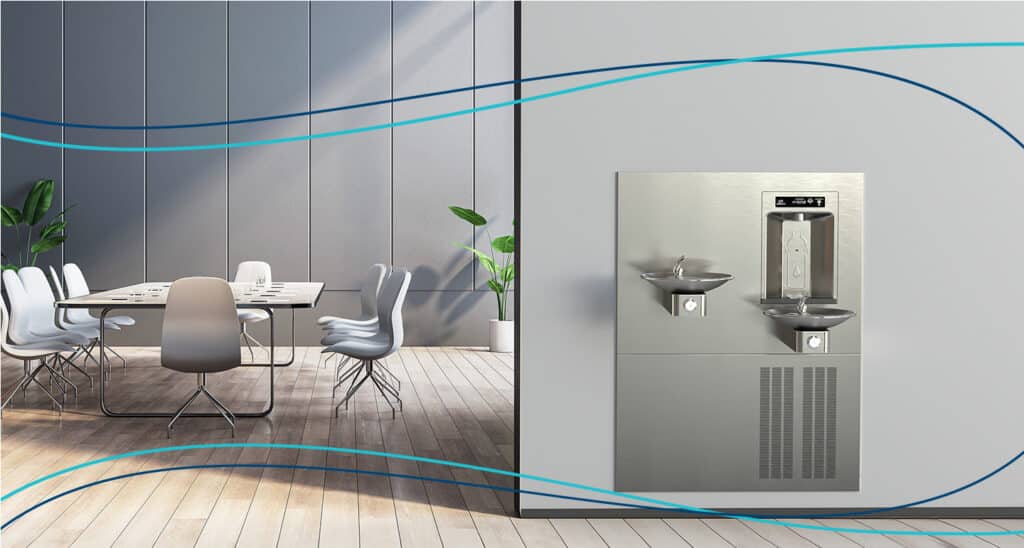

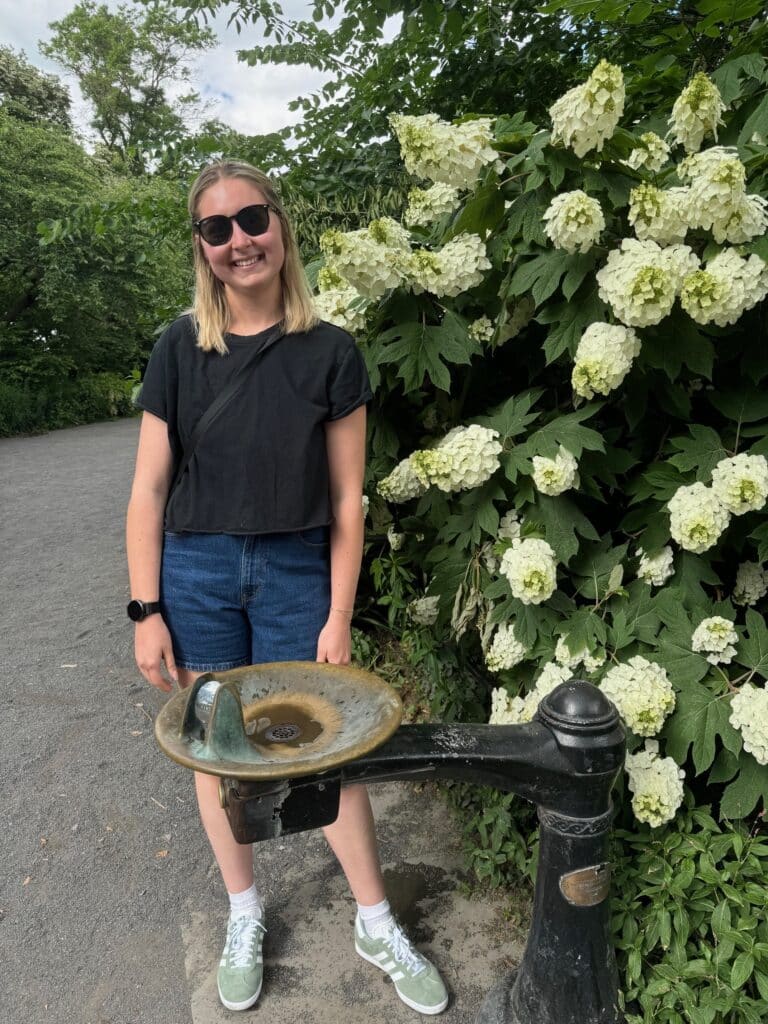
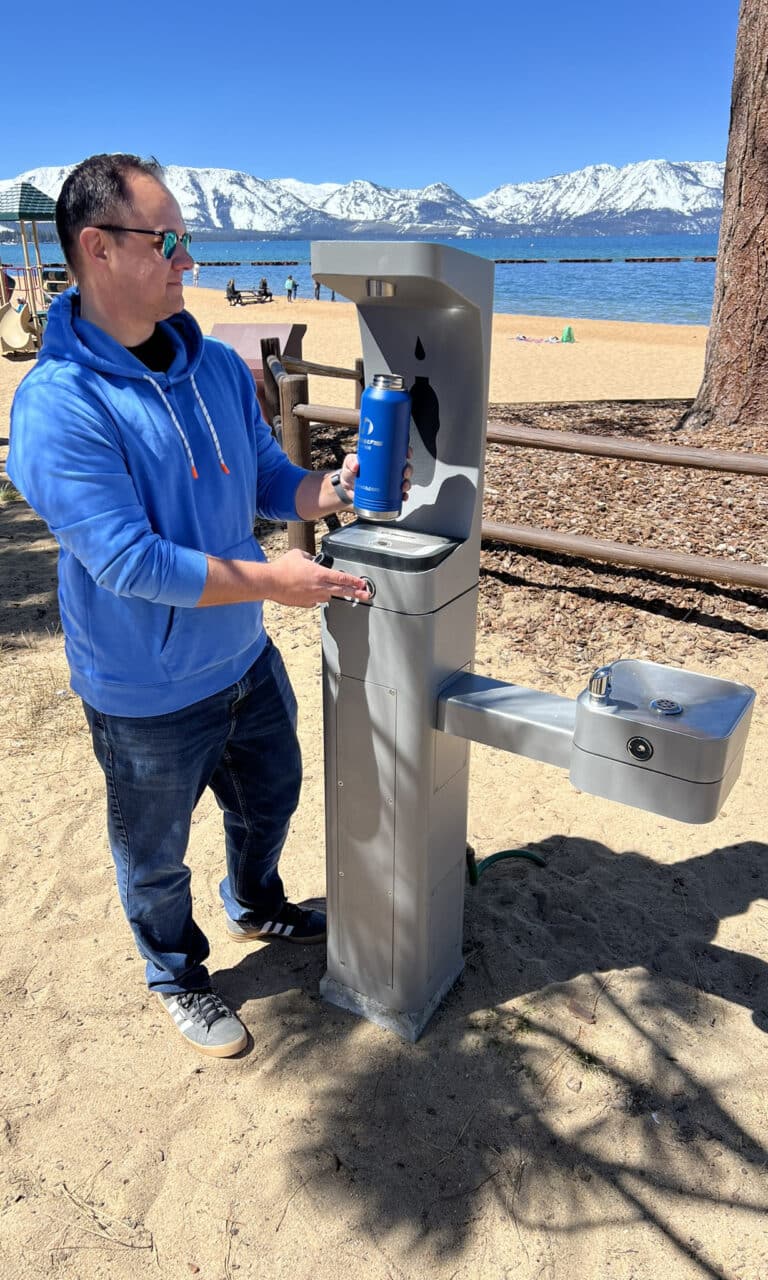
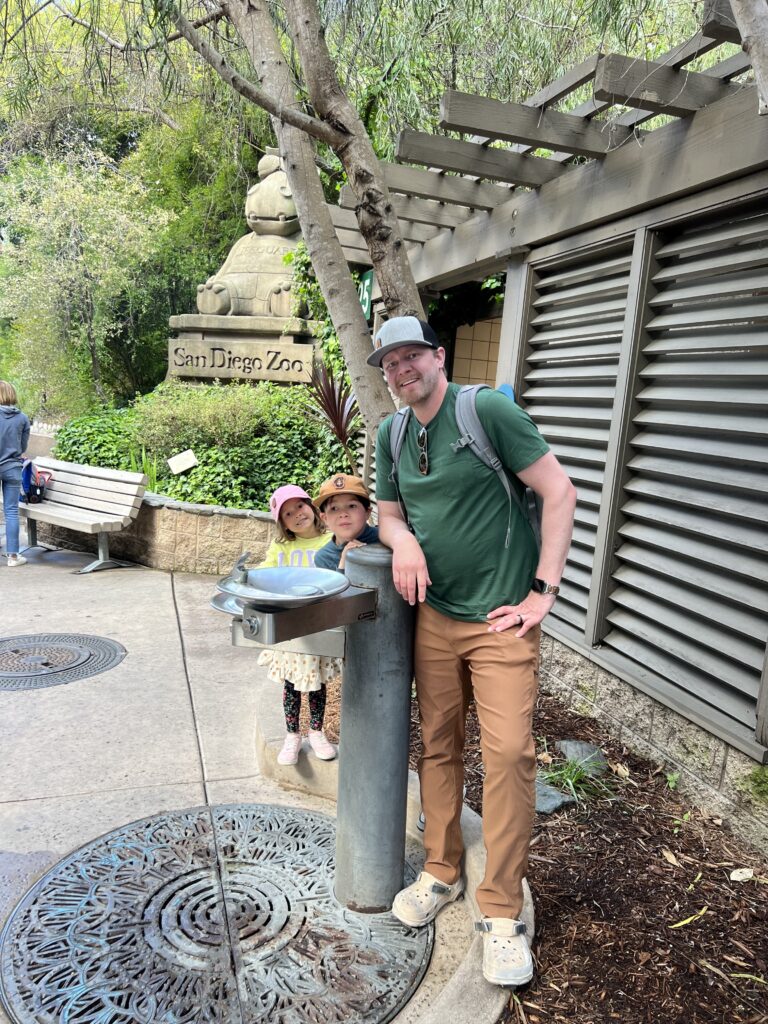
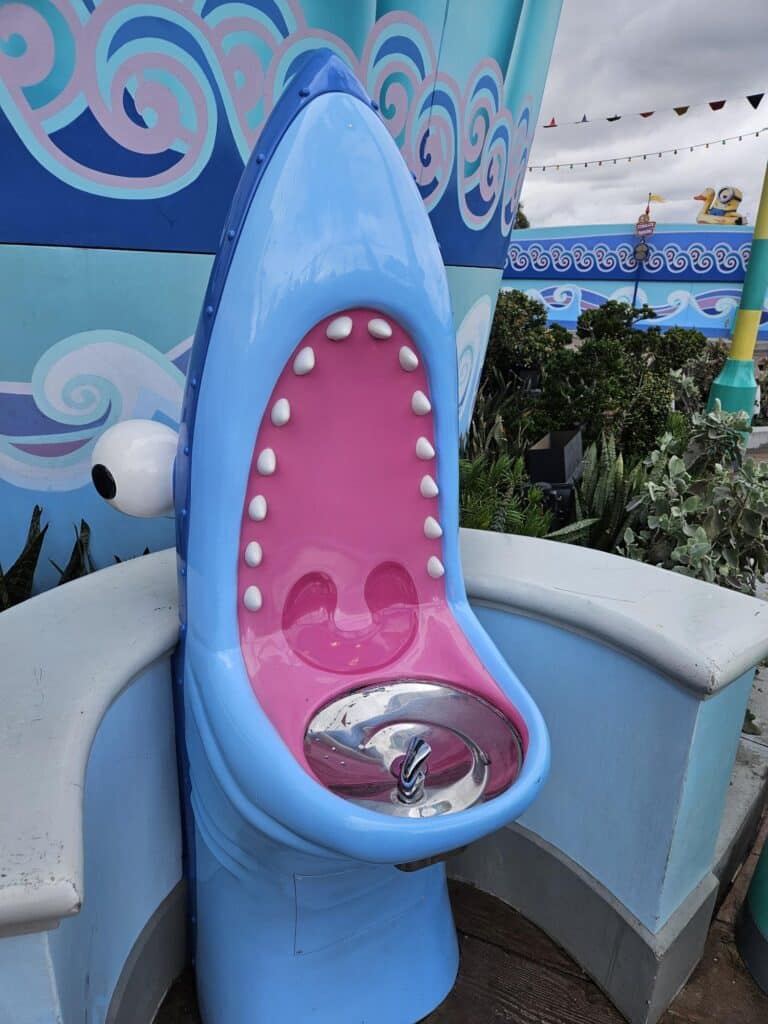

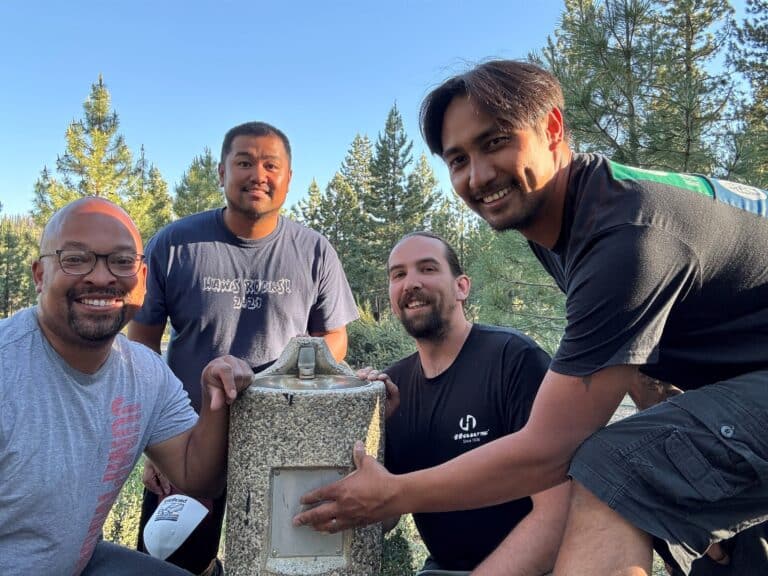
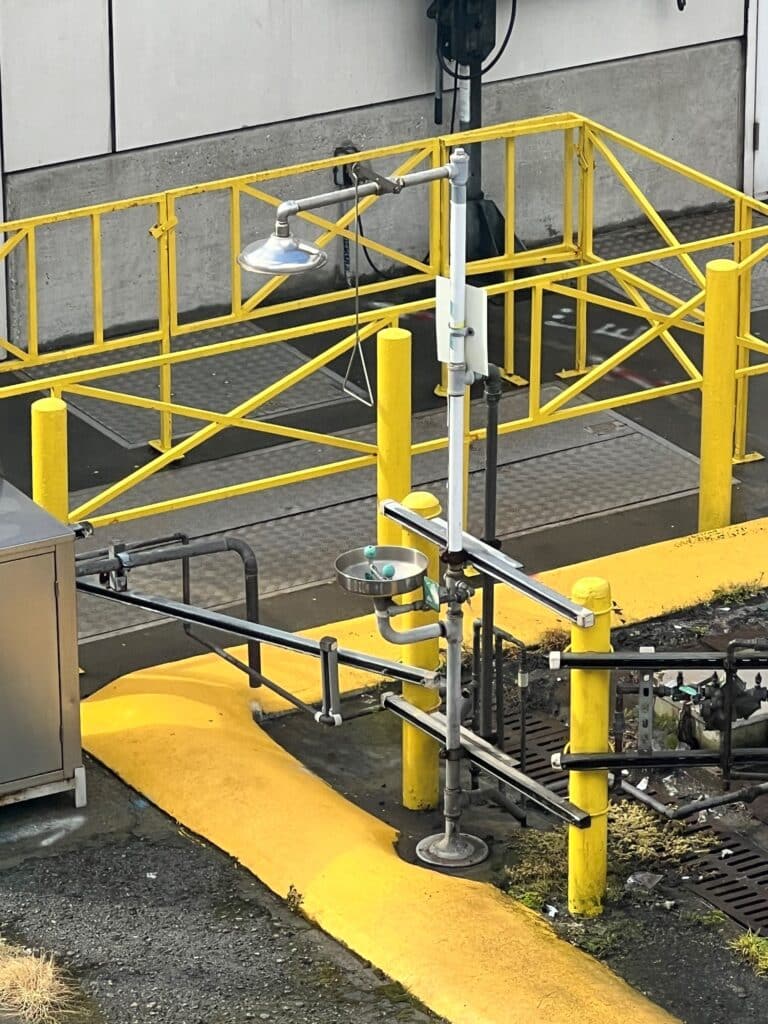
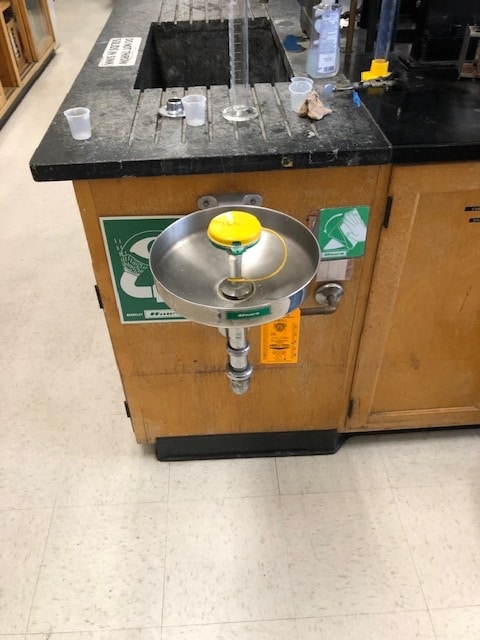
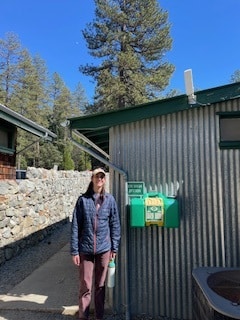
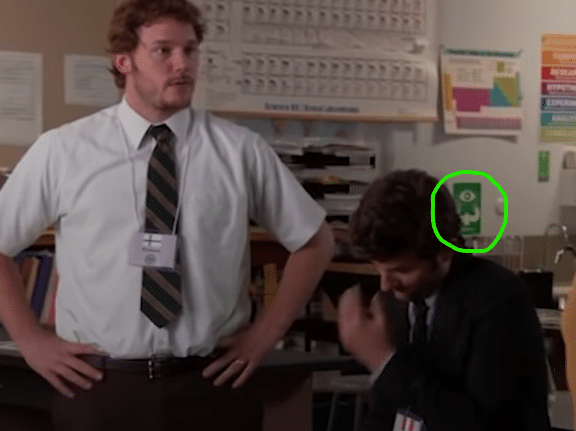
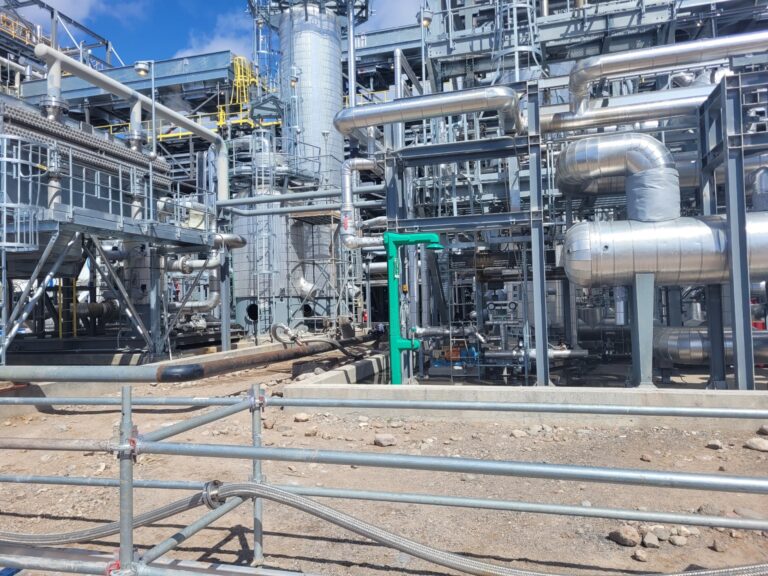
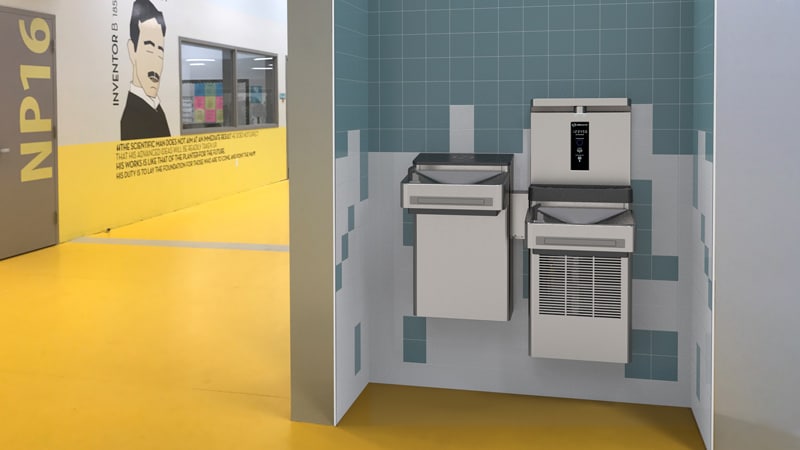
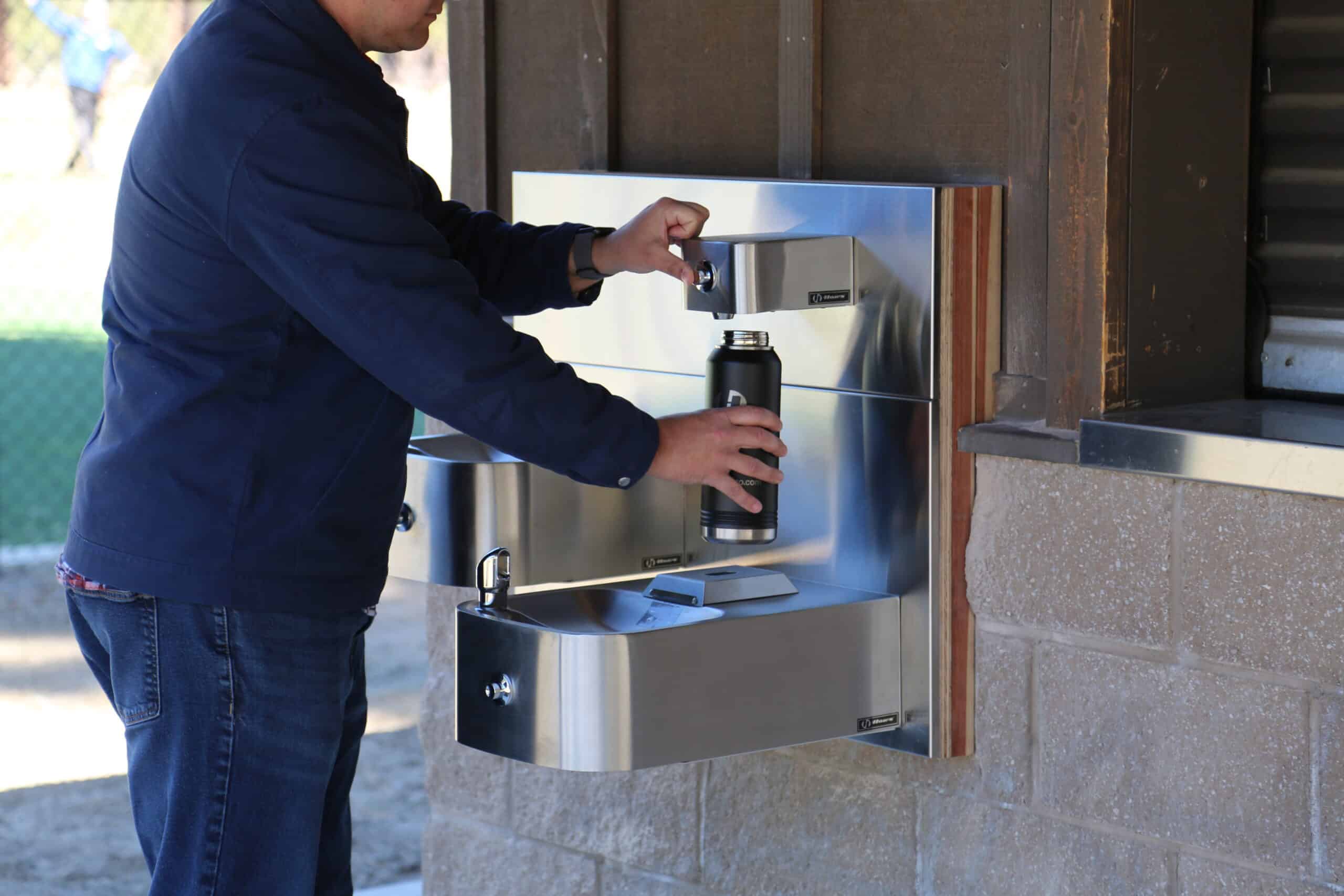
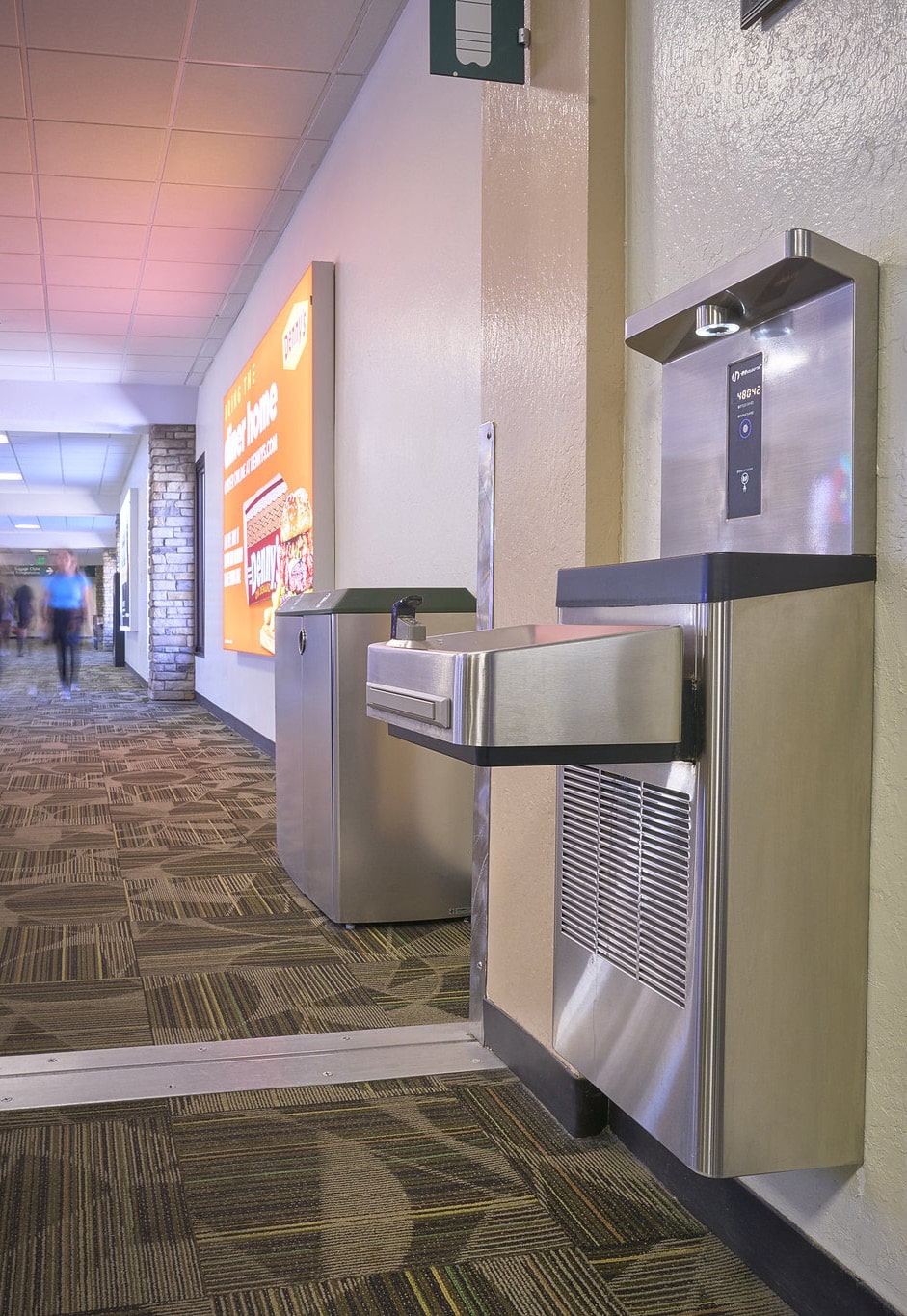
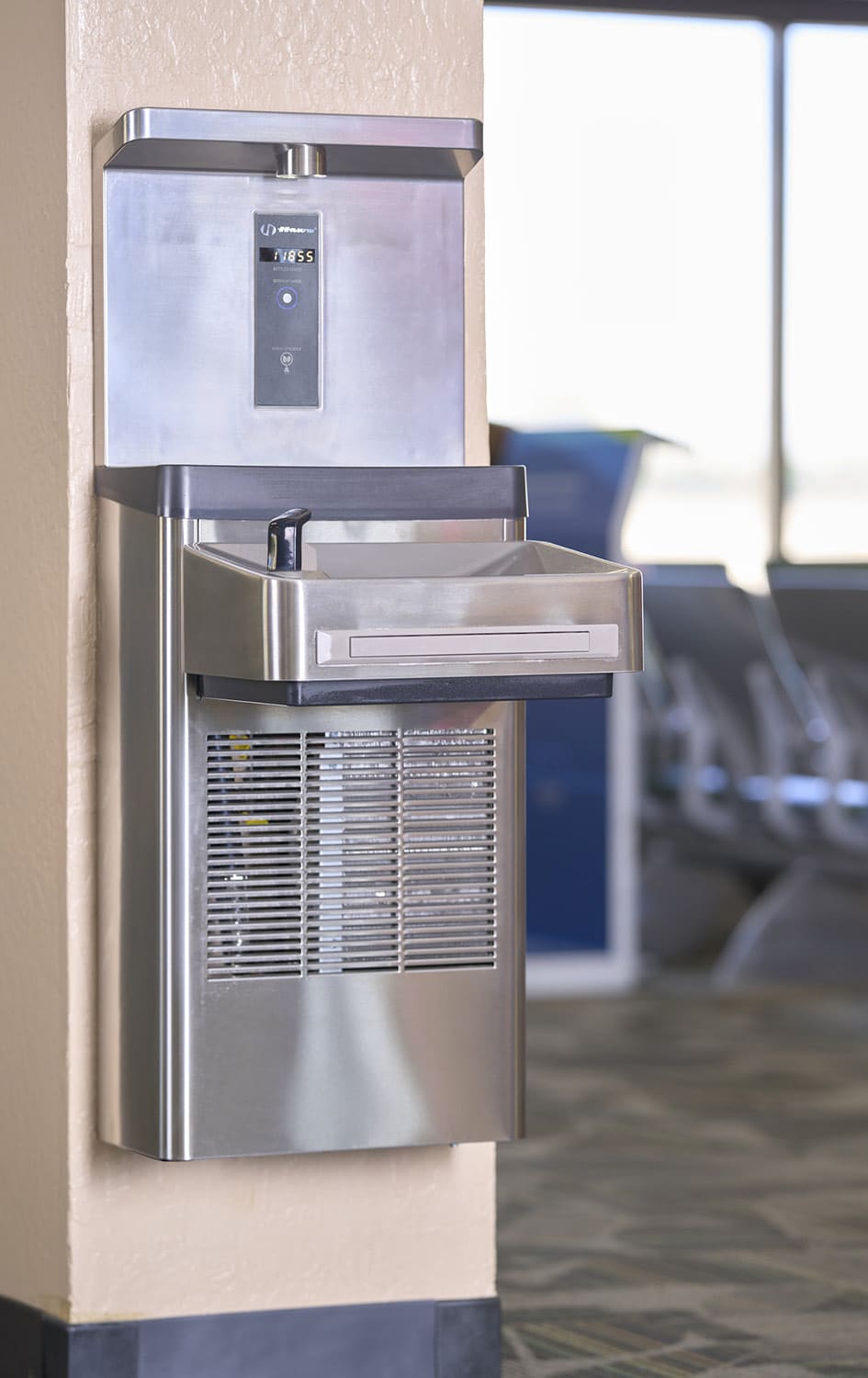
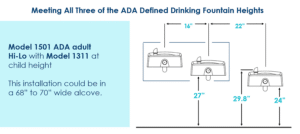
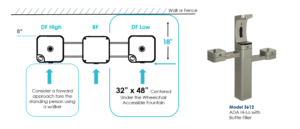
 Watch as we put time to the test in this unbiased installation challenge! In this video, we pit two popular hydration solutions against each other. Which one reigns supreme in terms of installation speed? Join us as we dive into the nitty-gritty details and witness firsthand which unit emerges as the champion. Discover the time-saving benefits of the Haws Hydration Station and find out which one proves to be the ultimate time-saver for your hydration needs. Don't miss out on this thrilling showdown where time truly is money!
Watch as we put time to the test in this unbiased installation challenge! In this video, we pit two popular hydration solutions against each other. Which one reigns supreme in terms of installation speed? Join us as we dive into the nitty-gritty details and witness firsthand which unit emerges as the champion. Discover the time-saving benefits of the Haws Hydration Station and find out which one proves to be the ultimate time-saver for your hydration needs. Don't miss out on this thrilling showdown where time truly is money!

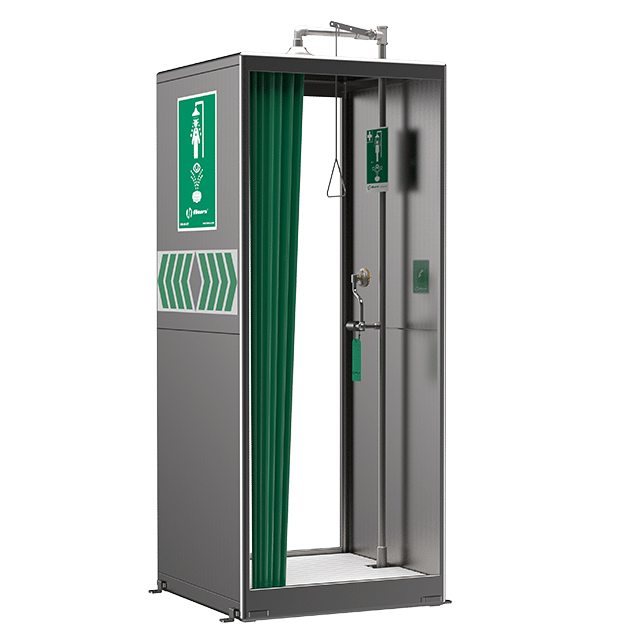
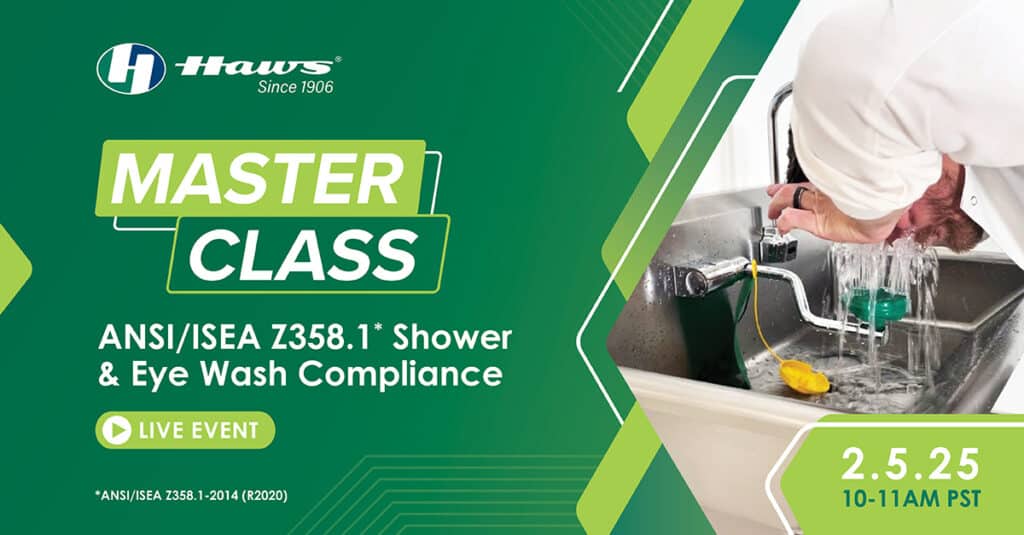
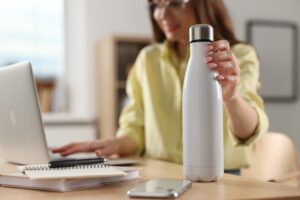
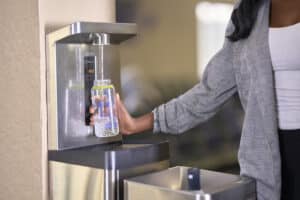 Filtered Bottle Filling Stations Facilitate Good Environmental
Filtered Bottle Filling Stations Facilitate Good Environmental 
